Home>Interior Design>How To Measure For Wallpaper
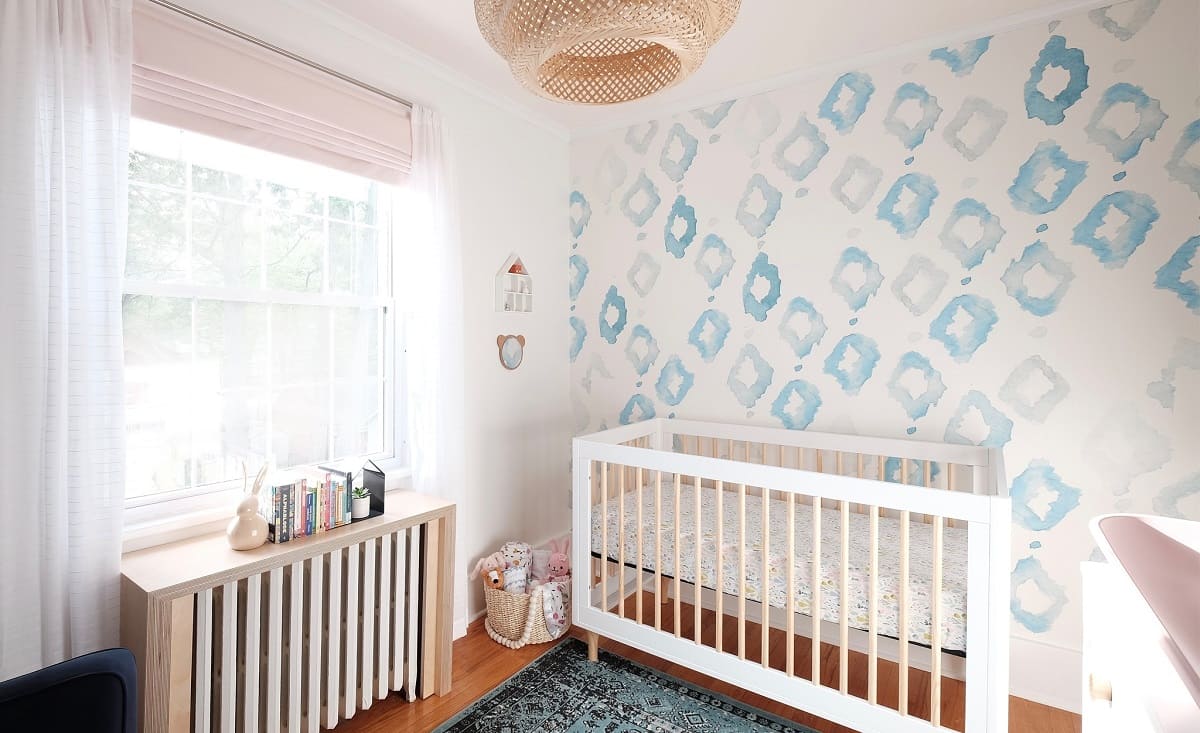

Interior Design
How To Measure For Wallpaper
Modified: January 5, 2024
Learn how to measure your walls accurately for wallpaper installation with our interior design guide. Achieve a flawless look and perfect fit for your home decor project.
(Many of the links in this article redirect to a specific reviewed product. Your purchase of these products through affiliate links helps to generate commission for Storables.com, at no extra cost. Learn more)
Introduction
Decorating your walls with wallpaper can transform the look and feel of any room. Whether you’re going for a bold statement or a subtle backdrop, choosing the right wallpaper is just the first step. To ensure a perfect fit and seamless installation, it’s important to measure your walls accurately before purchasing the wallpaper. In this article, we will guide you through the step-by-step process of measuring for wallpaper.
By following these simple instructions, you can avoid the hassle of ordering too much or too little wallpaper, saving both time and money. So, let’s dive in and learn how to measure your walls like a pro!
Key Takeaways:
- Measure your walls accurately to avoid ordering too much or too little wallpaper, saving time and money. Gather tools, measure height and width, adjust for pattern repeat, and calculate the number of rolls needed.
- Consider pattern alignment, waste factor, batch numbers, and wall condition when measuring for wallpaper. Hiring a professional installer can ensure a flawless result and save time and effort.
Step 1: Gathering the necessary tools
Before you begin measuring for wallpaper, gather the following tools:
- Measuring tape: A measuring tape is essential for accurate wall measurements. Make sure it has both imperial and metric units.
- Pen or pencil: You’ll need a writing tool to note down the measurements.
- Paper or notepad: Use this to record the measurements, calculations, and any additional notes.
- Calculator: Having a calculator on hand will help speed up the calculations.
- Level: While not necessary, a level can help ensure accuracy when measuring the walls.
Once you have all these tools handy, you’re ready to move on to the next step.
Step 2: Measuring the wall height
Now that you have all the necessary tools, it’s time to measure the height of your walls. Follow these steps:
- Locate the starting point: Choose a corner of the room and identify it as your starting point for measuring.
- Hold the measuring tape against the wall: Place the end of the measuring tape at the floor, ensuring it is straight and level.
- Extend the tape to the ceiling: Gently extend the measuring tape upward until it reaches the ceiling. Keep the tape straight and taut.
- Read the measurement: Take note of the measurement where the tape meets the ceiling. This is the height of the wall.
- Repeat for each wall: Move along each wall and repeat the process to measure the height of all the walls in the room.
It’s important to measure from floor to ceiling, even if there are obstacles such as baseboards, crown molding, or trim. The height measurement should be taken from the highest point to ensure you have enough wallpaper to cover the entire wall.
Record the measurements accurately, as they will be used for the next steps in calculating the amount of wallpaper needed.
Step 3: Measuring the wall width
After measuring the height of your walls, it’s time to move on to measuring the width. Follow these steps:
- Select a starting point: Choose a corner of the room and designate it as your starting point for measuring.
- Hold the measuring tape against the wall: Place the end of the measuring tape at one side of the wall, ensuring it is straight and level.
- Extend the tape across the wall: Gently extend the measuring tape horizontally across the wall until it reaches the opposite side. Keep the tape straight and taut.
- Read the measurement: Take note of the measurement where the tape meets the other side of the wall. This is the width of the wall.
- Repeat for each wall: Move along each wall and repeat the process to measure the width of all the walls in the room.
It’s important to measure the entire width of each wall, including any doorways, windows, or architectural features that the wallpaper will need to cover. By measuring from one side to the other, you can ensure accurate calculations for the amount of wallpaper needed.
Once you have recorded the measurements for all the walls, you’re ready to move on to the next step of calculating the total square footage.
Step 4: Calculating the total square footage
Now that you have measured the height and width of each wall, it’s time to calculate the total square footage of the walls. Follow these steps:
- For each wall, multiply the height by the width: Take the height measurement of a wall and multiply it by the corresponding width measurement. Repeat this step for each wall in the room.
- Sum up the calculations: Add together all the calculated values from step 1 to get the total square footage of the walls.
For example, if you have four walls and the calculated square footage for each wall is as follows:
- Wall 1: 10 ft x 8 ft = 80 square feet
- Wall 2: 12 ft x 8 ft = 96 square feet
- Wall 3: 10 ft x 8 ft = 80 square feet
- Wall 4: 12 ft x 8 ft = 96 square feet
To calculate the total square footage, add these values: 80 + 96 + 80 + 96 = 352 square feet.
This total square footage will be used in the next step to adjust for pattern repeat and determine the number of wallpaper rolls needed.
Remember to double-check your calculations to ensure accuracy before moving on.
When measuring for wallpaper, always measure the height and width of the walls you plan to cover. Add 10% to your measurements for waste and pattern matching.
Step 5: Adjusting for pattern repeat
When choosing wallpaper, it’s important to consider the pattern repeat. Pattern repeat refers to how frequently the design repeats across the width of the wallpaper. To ensure a seamless look, you’ll need to adjust the amount of wallpaper needed to accommodate the pattern repeat. Follow these steps:
- Identify the pattern repeat: Check the wallpaper’s packaging or product description for the pattern repeat measurement. It is typically stated in inches or centimeters.
- Divide the pattern repeat by the width of your wallpaper: If the pattern repeat is 20 inches and your wallpaper width is 20 inches, the result is 1. This means the pattern repeats once within the width of a single roll.
- Multiply the result by the total square footage: Take the result from step 2 and multiply it by the total square footage of the walls calculated in step 4. This will give you the adjusted square footage, accounting for the pattern repeat.
For example, if the calculated square footage of the walls is 352 square feet and the pattern repeat adjustment factor is 1, the adjusted square footage remains 352 square feet.
However, if the pattern repeat adjustment factor is 1.5, you would multiply 352 by 1.5 to account for the additional length required to match the pattern repeat. The adjusted square footage would then become 528 square feet.
By adjusting for the pattern repeat, you ensure that you have enough wallpaper to seamlessly match the pattern across your walls.
Keep in mind that some wallpapers may have larger pattern repeats, requiring additional adjustments and calculations.
Step 6: Determining the number of rolls needed
Now that you have the adjusted square footage, you can determine the number of wallpaper rolls needed for your project. Follow these steps:
- Check the coverage per roll: Each wallpaper roll specifies the square footage or square meters it covers. Look for this information on the wallpaper’s packaging or product description.
- Divide the adjusted square footage by the coverage per roll: Divide the adjusted square footage by the coverage per roll to determine the number of rolls needed. Round the result up to the nearest whole number to ensure you have enough rolls for complete coverage.
For example, if each roll covers 50 square feet and the adjusted square footage is 528 square feet, you would divide 528 by 50. The result is 10.56, but since you need to round up, you would need 11 rolls for complete coverage.
Remember to consider buying an extra roll or two to account for any mistakes, future repairs, or matching patterns.
It’s also important to note that some manufacturers may have specific instructions or recommendations for their wallpaper, so be sure to follow their guidelines if provided.
By determining the number of rolls needed accurately, you can avoid running out of wallpaper mid-project and ensure a smooth installation process.
Step 7: Additional considerations
Before you proceed with purchasing and installing your wallpaper, there are a few additional considerations to keep in mind:
- Pattern alignment: If your wallpaper has a repeating pattern, it’s important to consider how the patterns will align at the seams. Take note of any special instructions provided by the manufacturer for achieving a seamless pattern alignment.
- Waste factor: It’s always a good idea to account for some waste when calculating the number of rolls needed. Factors such as mistakes, trimming, and matching patterns may lead to some wastage. Adding an extra 10% to 15% to your calculated roll count is a safe bet to ensure you have enough wallpaper.
- Batch number: When purchasing multiple rolls of wallpaper, make sure they all have the same batch number. This ensures consistency in color and design across the rolls.
- Hiring a professional: If you’re unsure about measuring or installing the wallpaper yourself, it’s worth considering hiring a professional wallpaper installer. They have the expertise and tools to ensure a flawless installation.
- Wall condition: Before applying wallpaper, ensure that your walls are smooth, clean, and properly prepped. Fix any cracks, holes, or imperfections to achieve the best results.
By taking these additional considerations into account, you can avoid any potential issues and ensure a successful wallpaper installation.
Conclusion
Measuring for wallpaper is a crucial step in the process of transforming your space. By following the steps outlined in this guide, you can accurately measure your walls and calculate the amount of wallpaper needed for a seamless installation. Taking the time to gather the necessary tools, measure the height and width of your walls, and adjust for pattern repeat ensures that you will not only have enough wallpaper, but also achieve a beautiful and cohesive look.
Remember to account for additional considerations such as pattern alignment, waste factor, batch numbers, and the condition of your walls. These factors can greatly impact the success of your wallpaper installation.
If you’re unsure about measuring or installing the wallpaper yourself, consider hiring a professional to ensure a flawless result. The investment in their expertise and experience can save you time, effort, and potential mistakes.
Now that you have the knowledge and steps to measure for wallpaper, you can confidently begin your project. Whether you’re adding a pop of color or embellishing with a bold pattern, measuring accurately ensures a smooth and visually stunning outcome. So, get ready to transform your walls and create the space you’ve always dreamed of!
Frequently Asked Questions about How To Measure For Wallpaper
Was this page helpful?
At Storables.com, we guarantee accurate and reliable information. Our content, validated by Expert Board Contributors, is crafted following stringent Editorial Policies. We're committed to providing you with well-researched, expert-backed insights for all your informational needs.

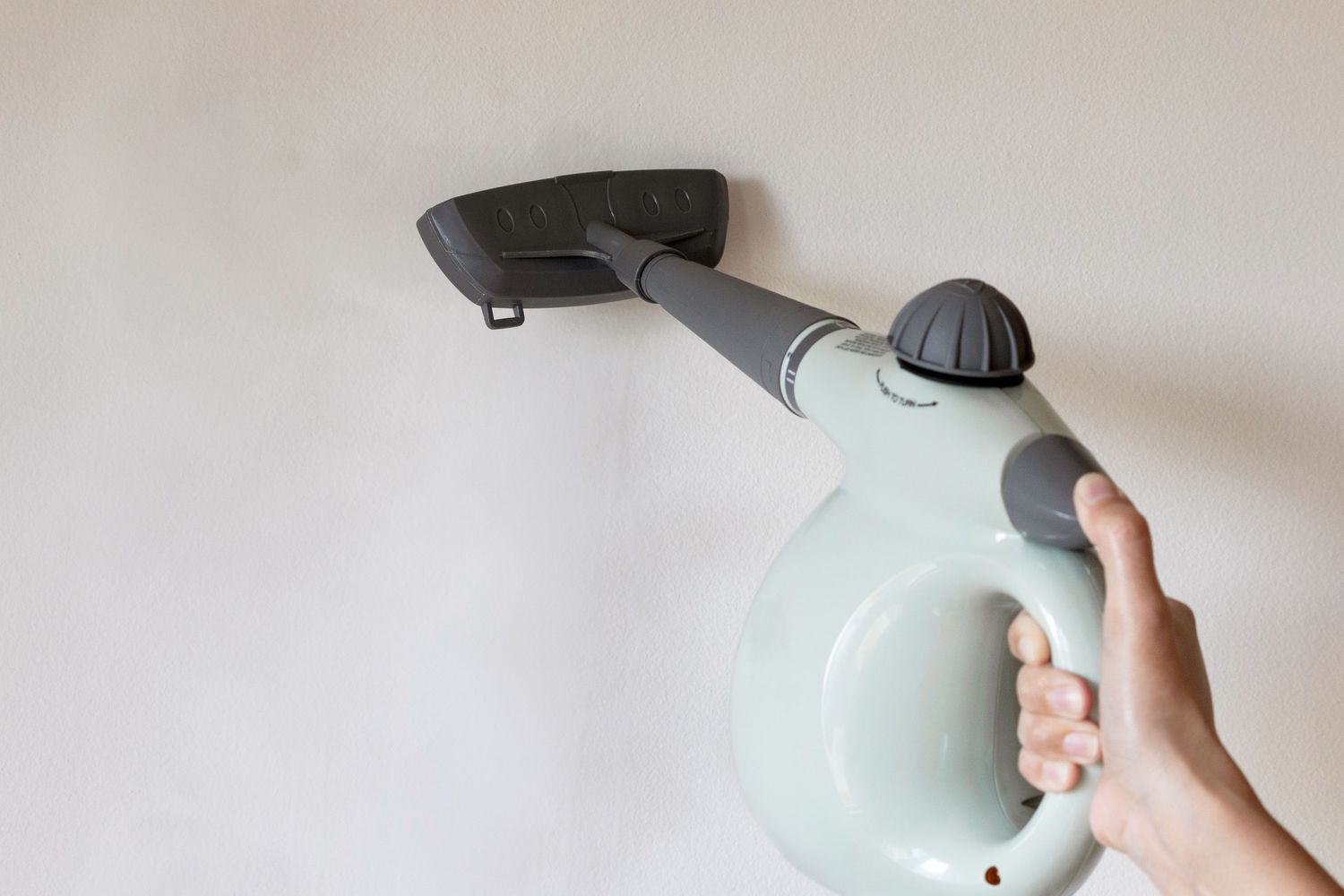
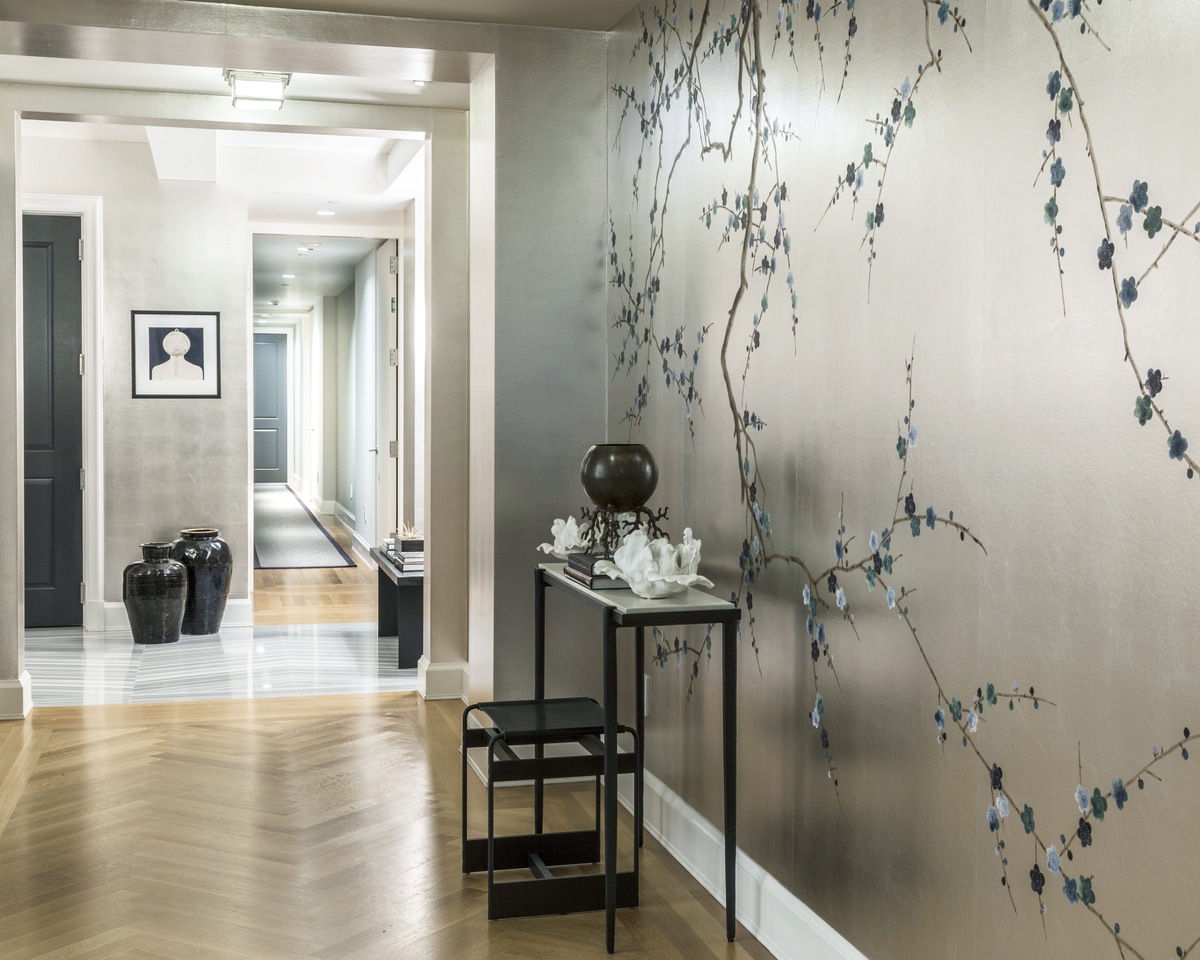
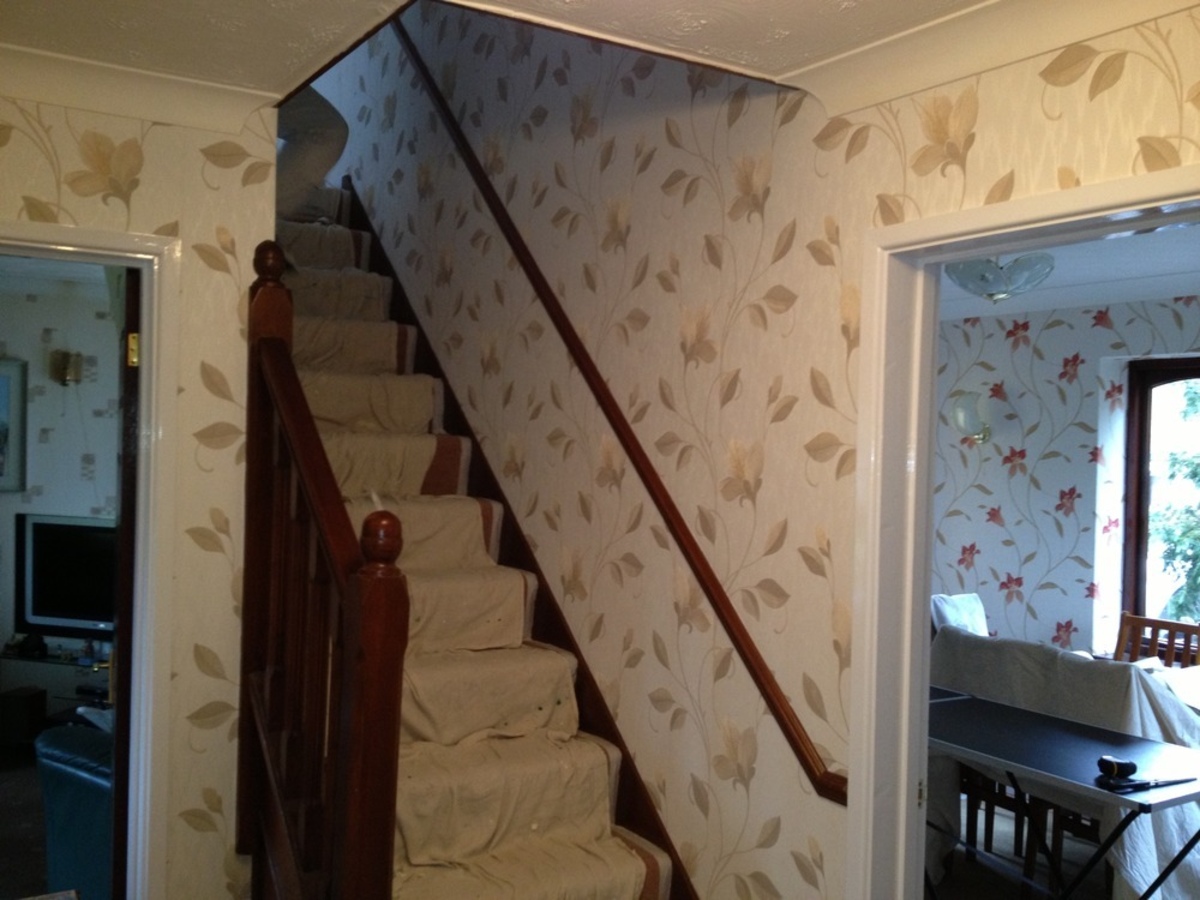
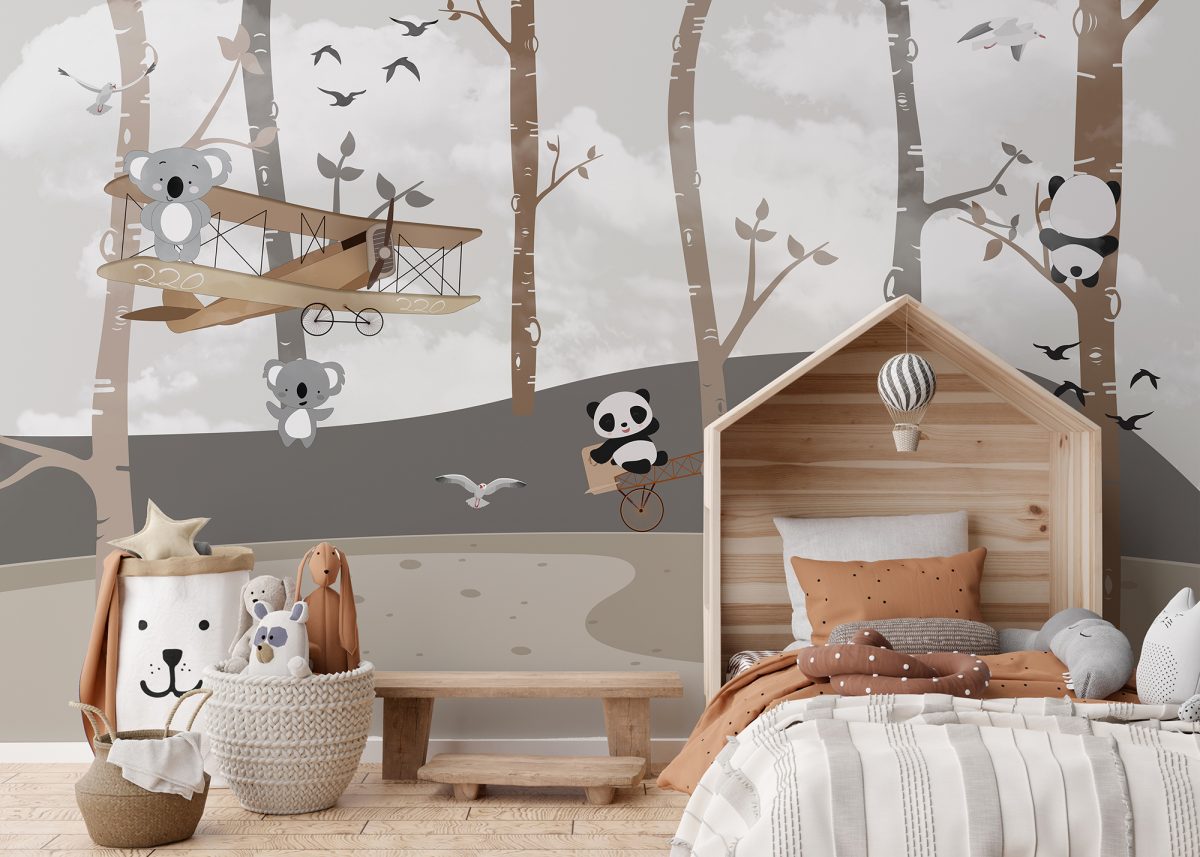
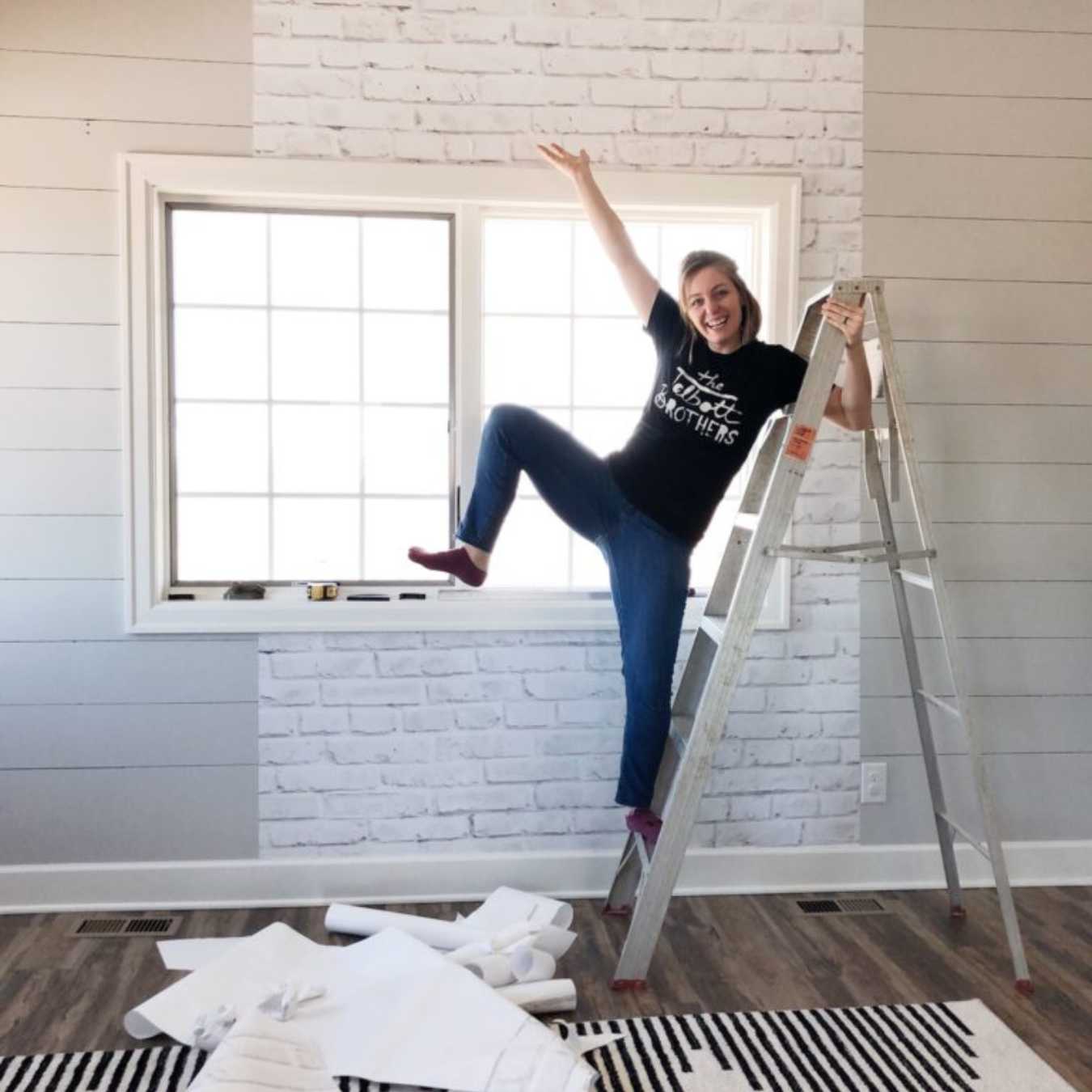
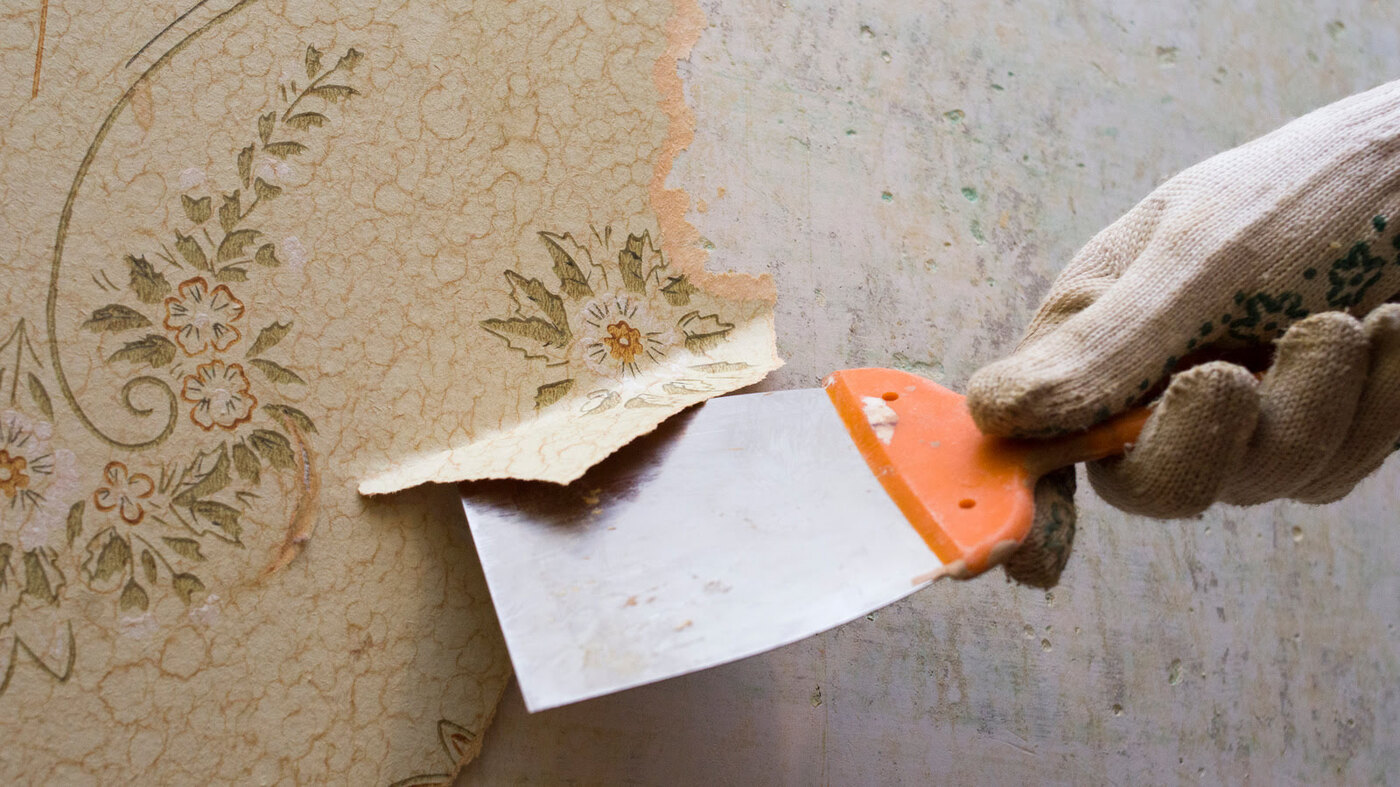
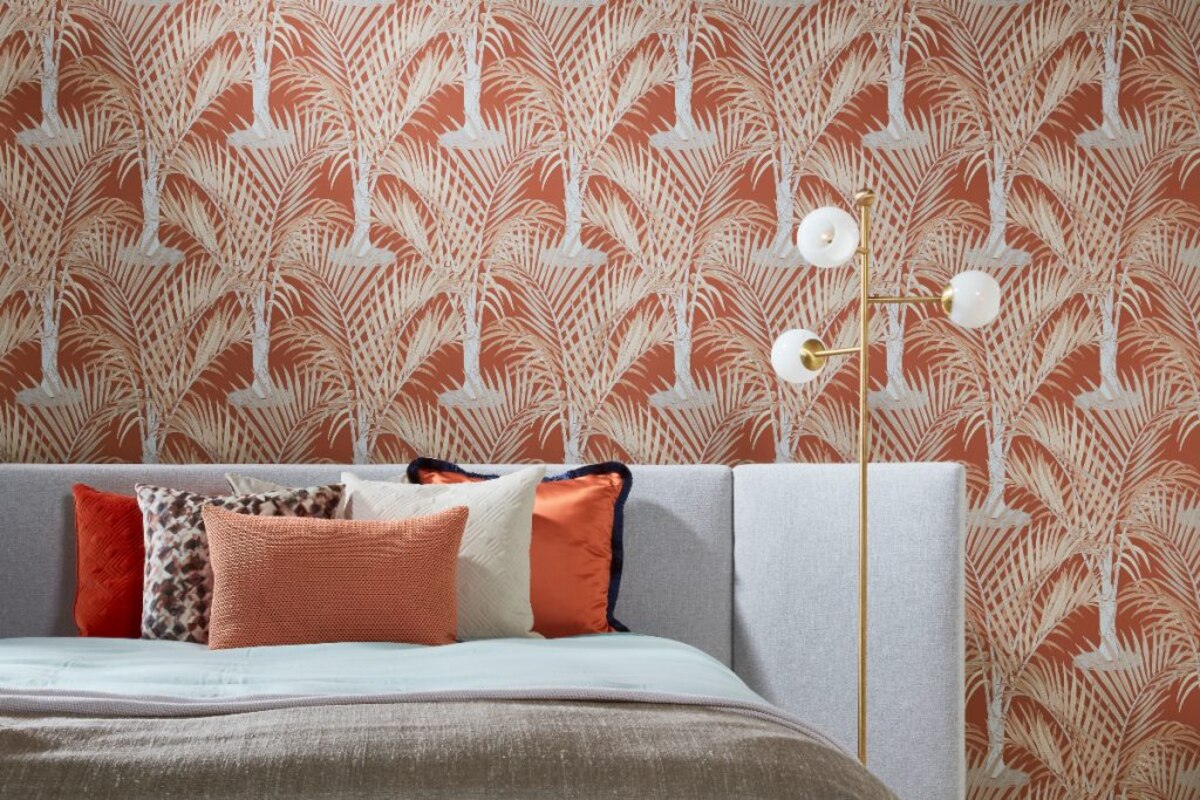
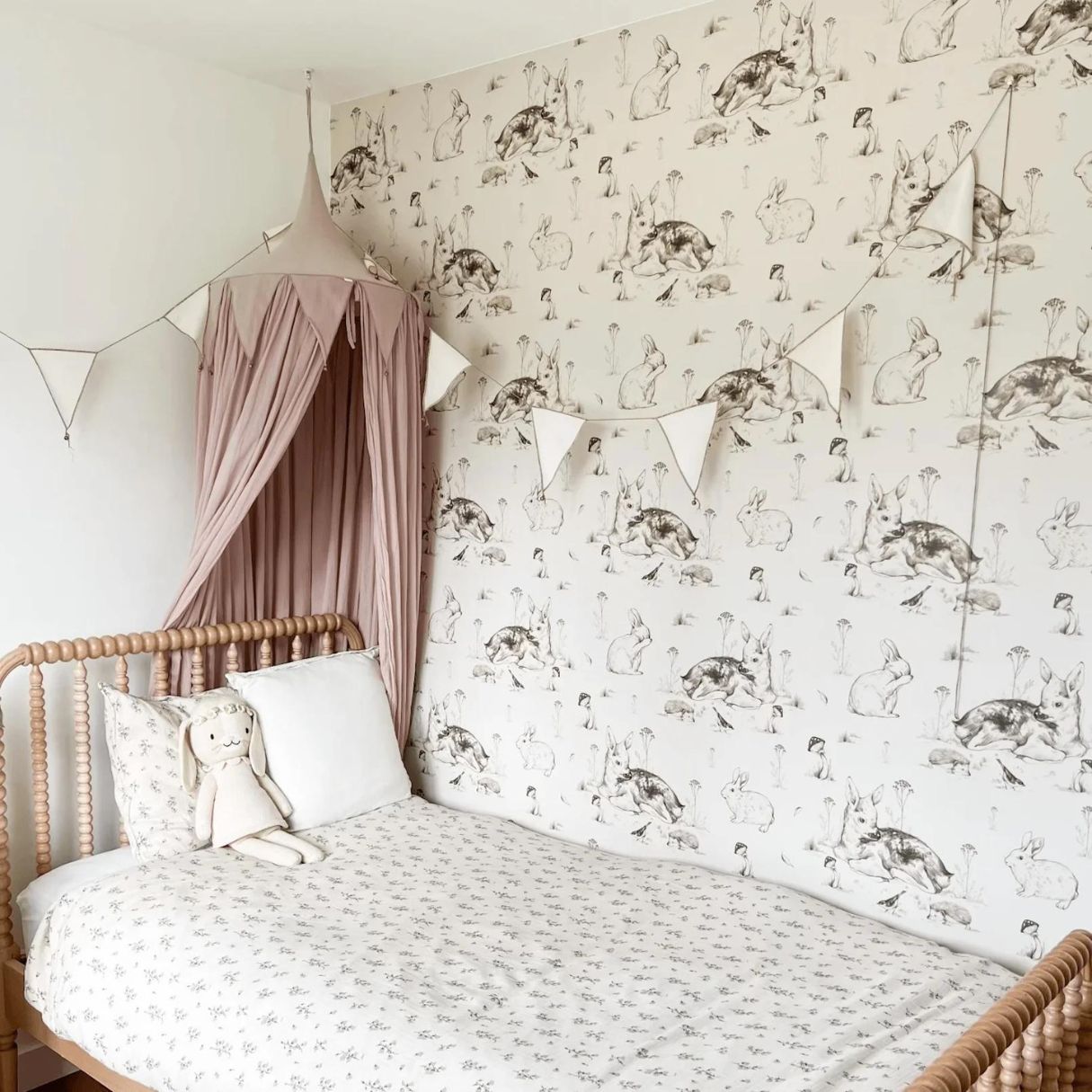
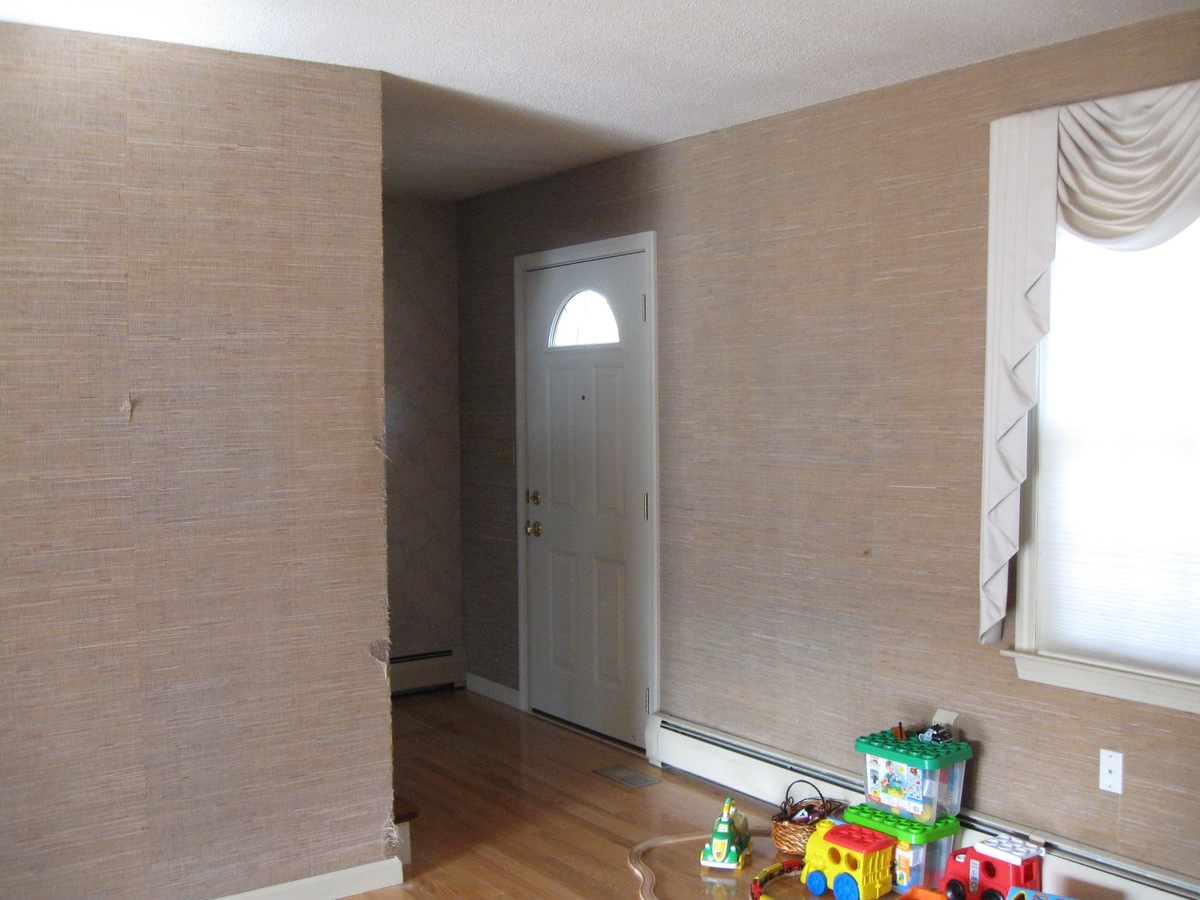
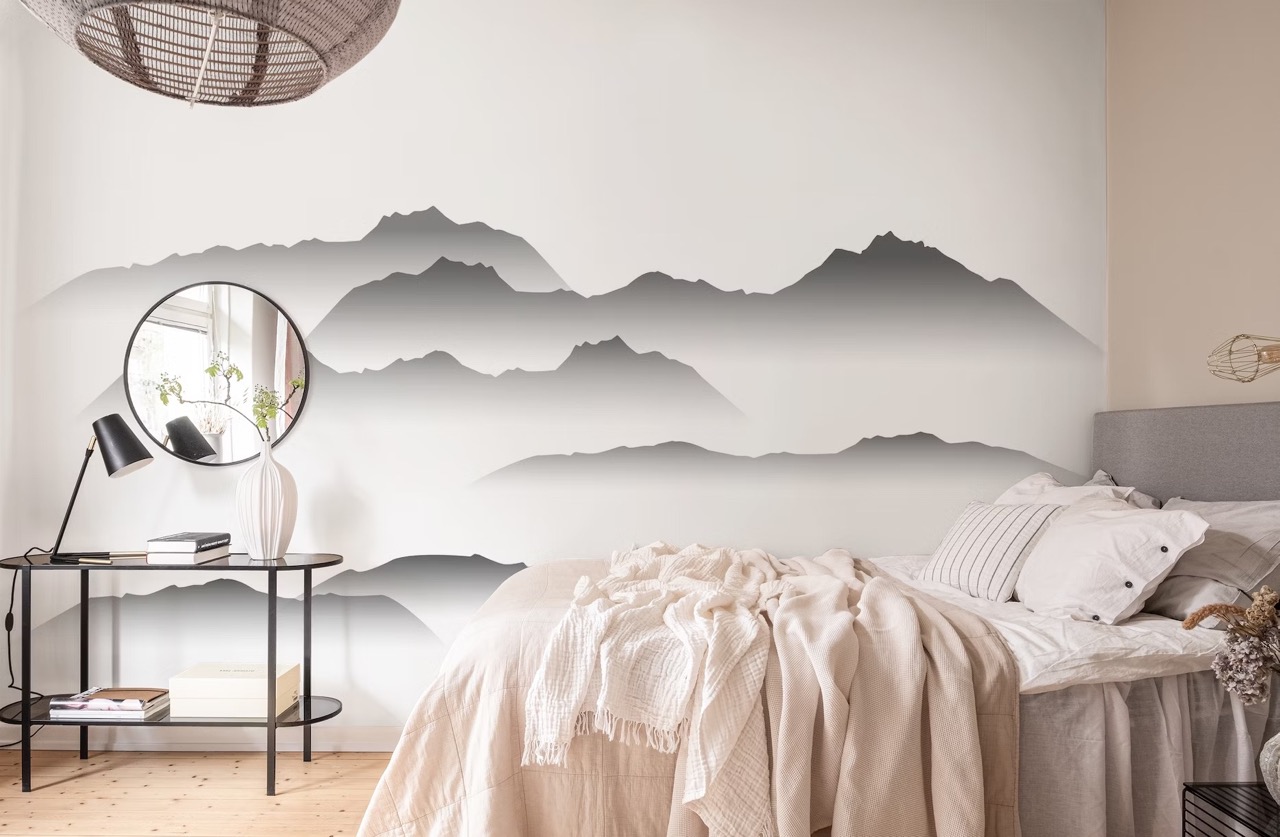
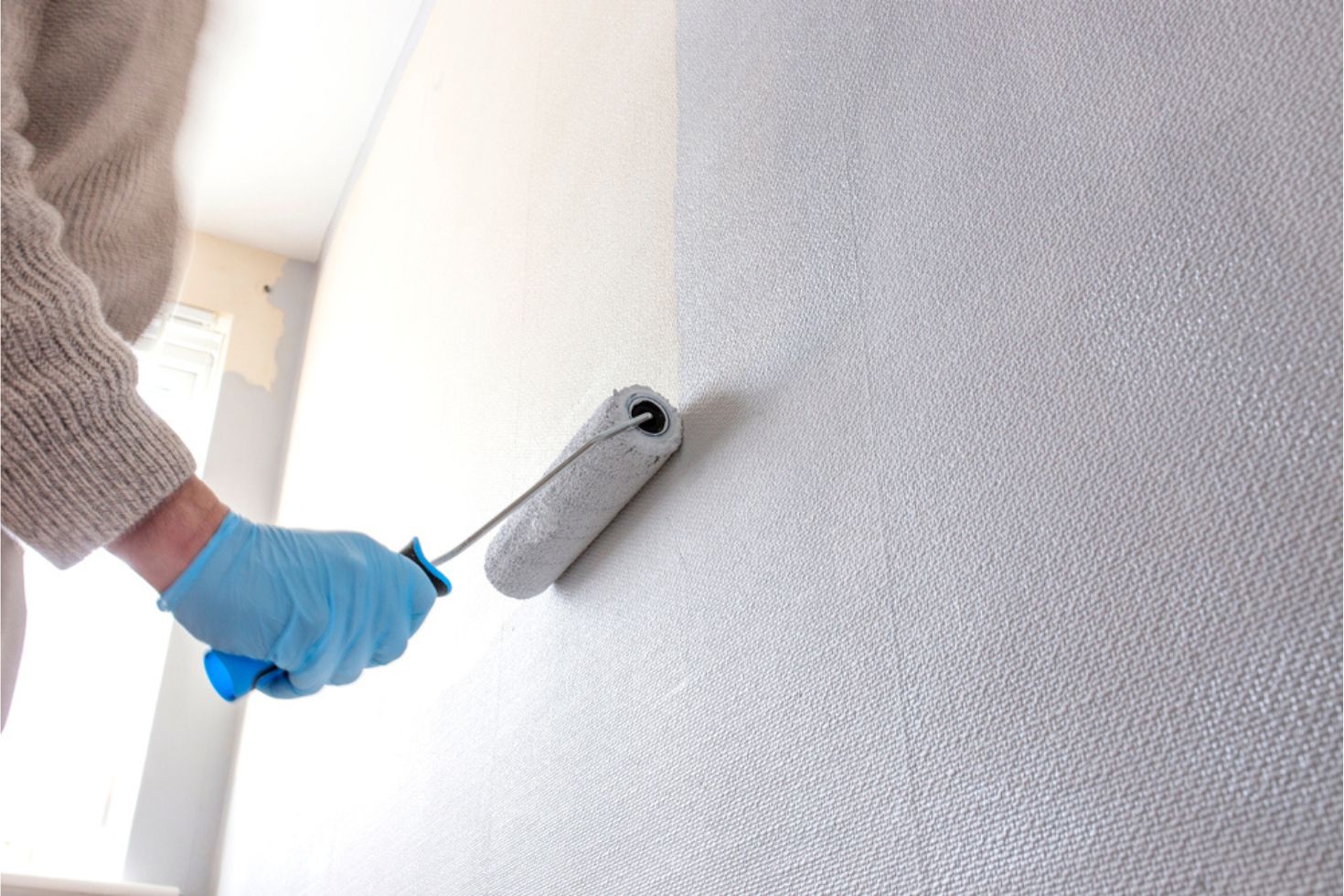
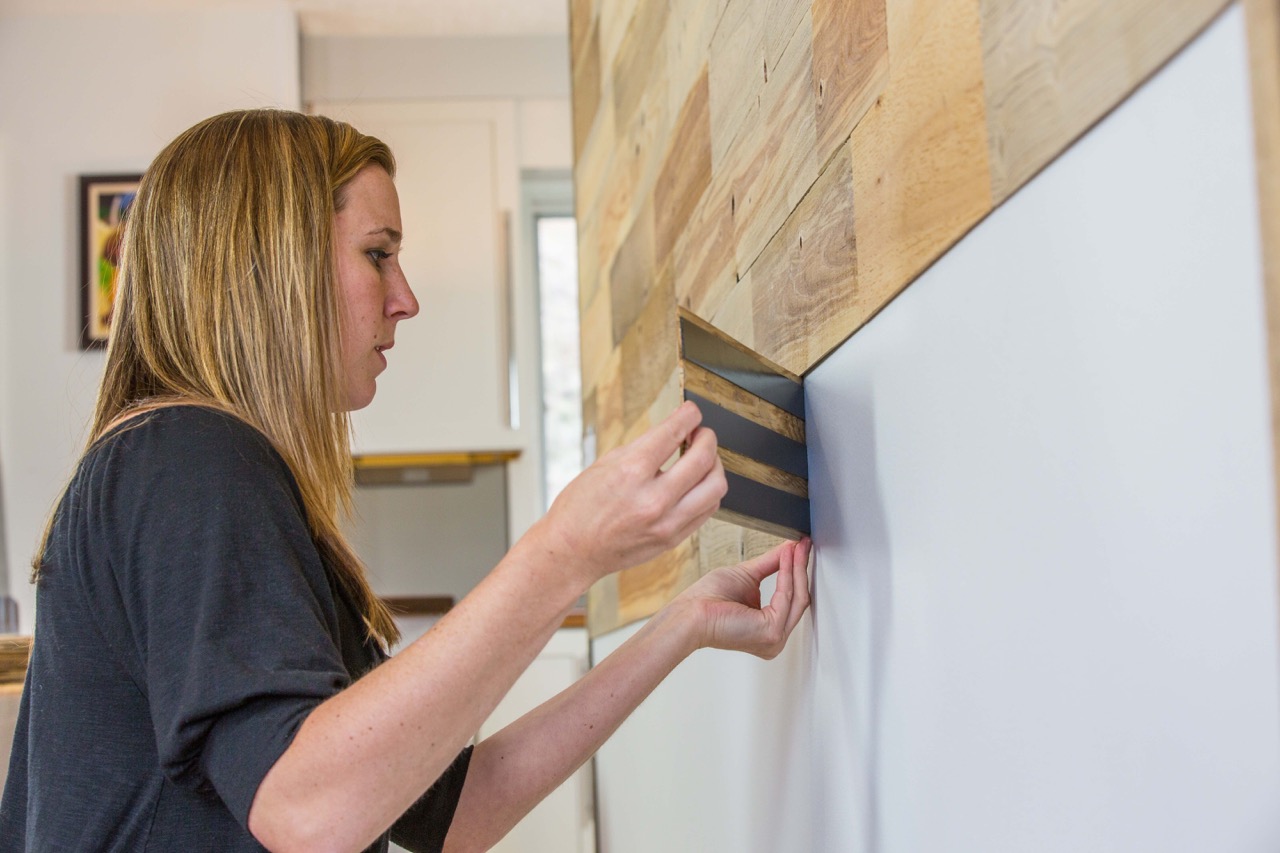


0 thoughts on “How To Measure For Wallpaper”